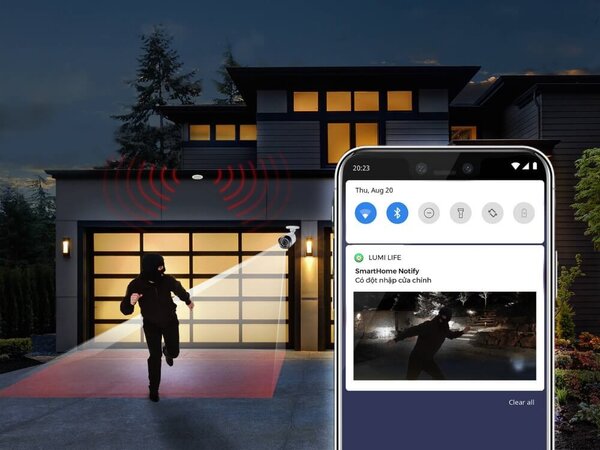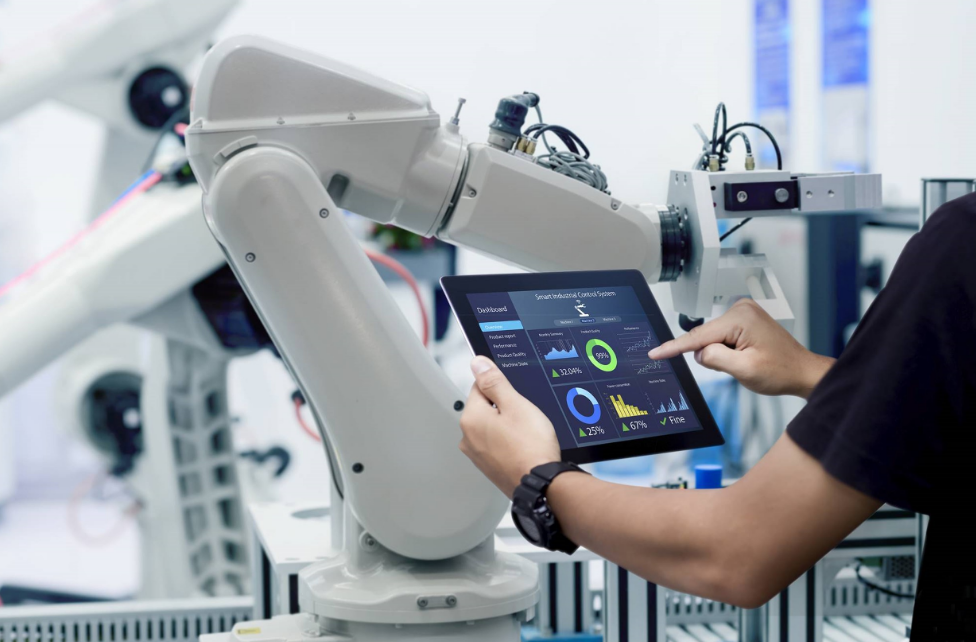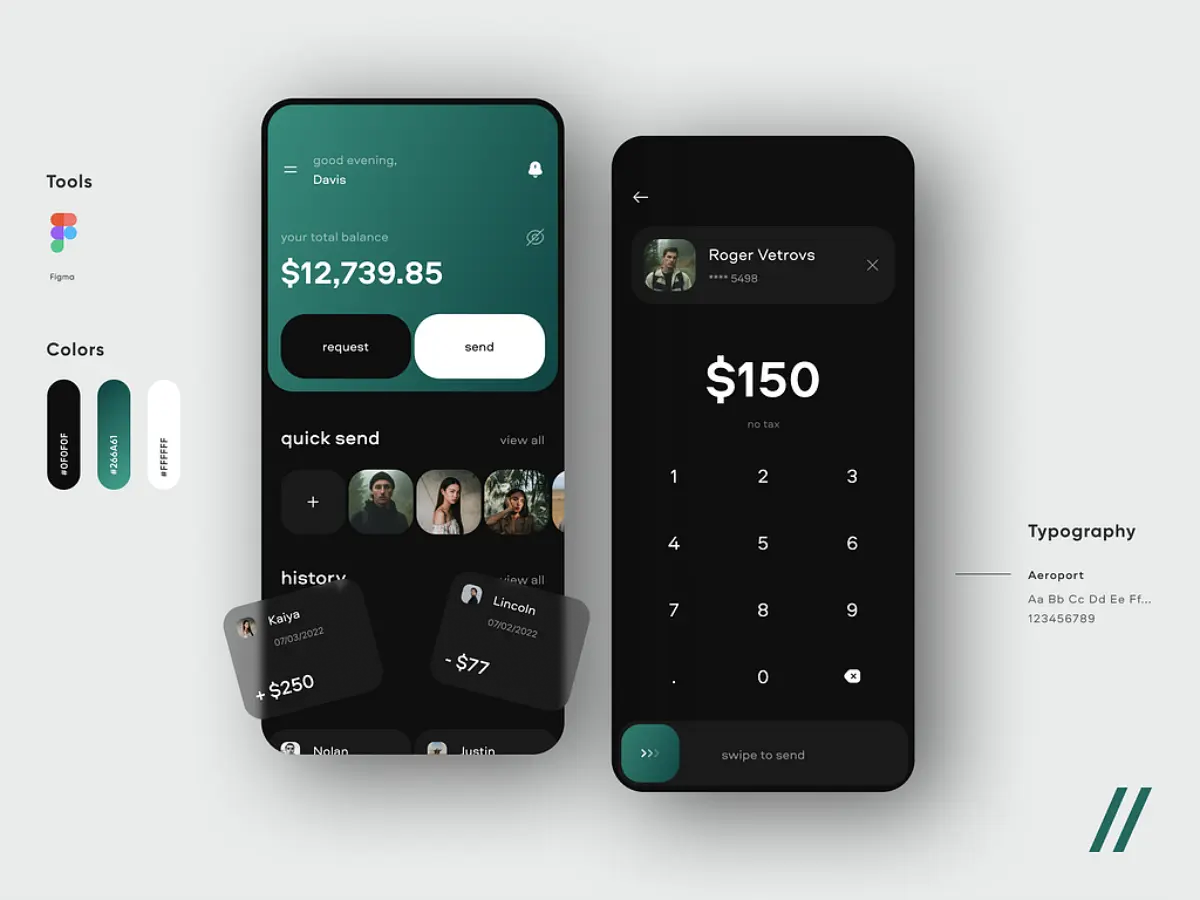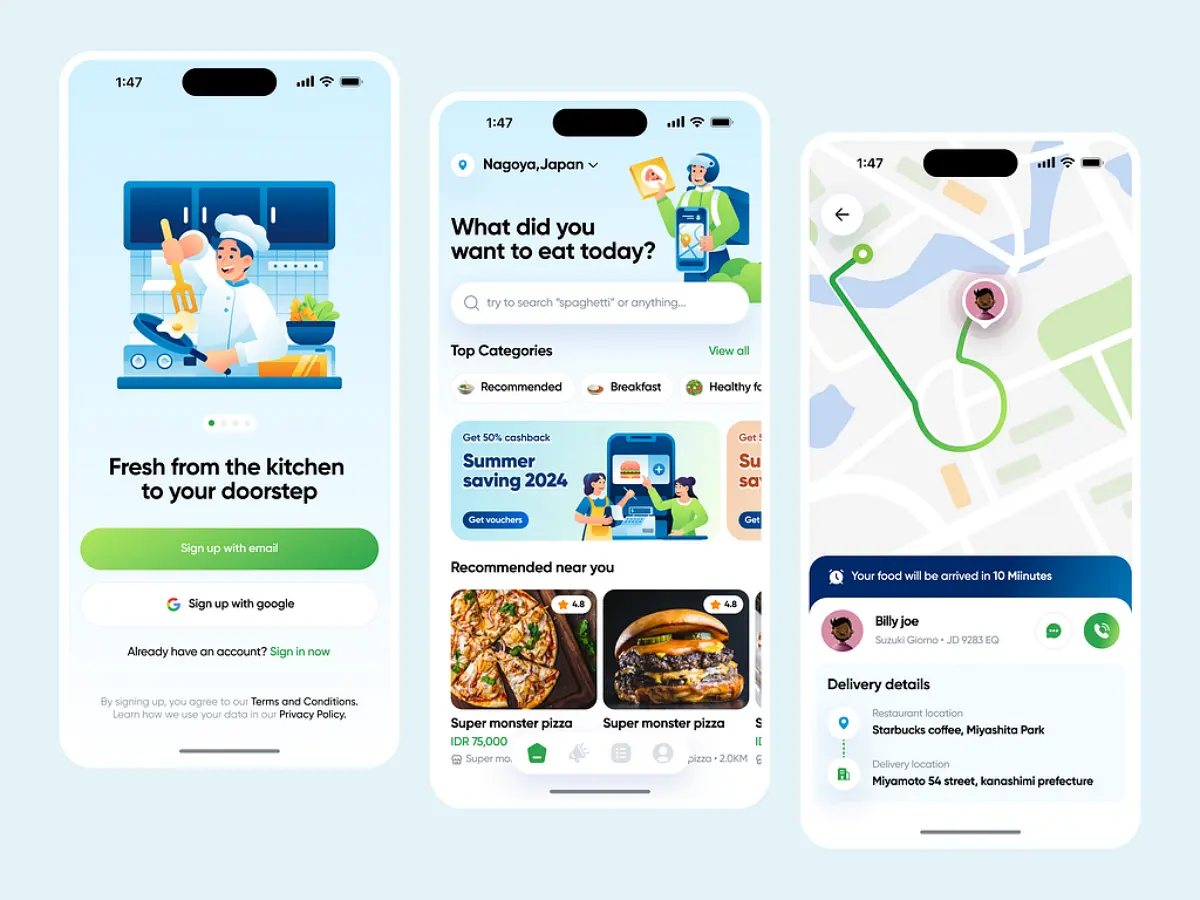IoT Digital Transformation: Everything You Need to Know (Updated 2025)
- TECHVIFY Team
- 0 Comments
Digital transformation is a significant global trend affecting all industries, including telecommunications. The swift expansion of the Internet of Things (IoT) is a major factor behind this change. The IoT market is forecasted to grow from $478.36 billion in 2022 to an impressive $2,465.26 billion by 2029. This rapid growth is largely due to IoT’s capacity to help businesses uncover innovative opportunities, cut costs, develop better business models, and enhance overall operational efficiency.
In this article, we’ll help you understand how IoT digital transformation can deliver value to customers and maintain a competitive advantage in the marketplace.
I. Understanding Digital Transformation
Digital transformation uses digital technology to improve corporate processes and products. It allows firms to remain competitive in the current market and prepare for future industry developments.
Historically, the primary aim of digital transformation is to replace manual tasks with digital ones. For example, documents once kept as physical copies can now be scanned and stored digitally. However, digital transformation extends far beyond simple digitization. It encompasses many advancements, such as mobile banking platforms that replace physical banks and autonomous driving assistance systems.
Digital Transformation and IoT
II. The Role of IoT Digital Transformation
Digital transformation is a continuous journey that enables organizations to incorporate and expand their use of digital technologies, fostering long-term growth and keeping up with industry changes.
The Internet of Things (IoT) is crucial in driving digital transformation. According to IDC, by 2025, there will be approximately 55.7 billion connected IoT devices, generating nearly 80 billion zettabytes (ZB) of data. This vast network of interconnected devices significantly impacts businesses, offering new chances for innovation and efficiency.
The useful data produced by IoT devices can accelerate digital transformation in organizations. For instance, this data can be used to assess customer needs and provide tailored services. Increased interactivity with clients can lead to higher satisfaction. Additionally, IoT enables staff to perform operations from anywhere at any time and facilitates the implementation of new tools and strategies.
IoT impacts digital transformation by opening up new investment opportunities, reducing operational costs, improving customer experience, enhancing productivity and efficiency, improving decision-making, empowering business models, and increasing revenue.
IoT is shaping the future of digital transformation across various sectors, such as healthcare, government, education, security, communication, agriculture, and transportation.
Get the most up-to-date IoT insights:
III. Accelerating Digital Transformation and IoT: Key Trends
Digitalization has advanced significantly in recent years, creating numerous global opportunities and resources for individuals and organizations. This progress is closely linked with innovations in IoT and its leading trends:
1. Artificial Intelligence of Things (AIoT)
AIoT combines the power of AI and IoT in digital transformation. AI enhances IoT using machine learning and advanced algorithms to improve its functions. Conversely, IoT provides AI with connectivity and data inputs. Together, they offer big data insights that boost productivity and efficiency.
2. Blockchain Technology
Blockchain offers a decentralized network that can address IoT security concerns. It is a platform for safely storing large amounts of data and enables organizations to optimize processes, manage documents digitally, track orders, and enhance digital collaborations.
3. 5G Technology and IoT
The fifth-generation mobile network technology, or 5G, significantly enhances IoT by providing faster, more secure, and more reliable connectivity than previous generations. With higher data transfer speeds, 5G supports real-time data processing, crucial for applications like autonomous vehicles and smart cities.
Its advanced security features protect data transmission, while lower latency and increased network reliability ensure consistent performance for critical applications such as remote healthcare and industrial automation. Furthermore, 5G’s ability to support a larger number of connected devices simultaneously addresses the growing demand in the IoT ecosystem.
Internet of Things Digital Transformation
4. Digital Twins
Digital twins are virtual copies of physical objects, devices, and systems that use real-time IoT data, AI, and data analytics to optimize performance. They are widely used in the Internet of Things digital transformation industries such as manufacturing, automotive, and healthcare.
5. Wearable IoT Technology
Wearable IoT technology allows individuals to easily connect with other digital devices and systems. This capability enables them to monitor, control, and evaluate various processes, facilitating smart decision-making.
6. Internet of Behavior (IoB)
IoB technology researches and tracks individual and collective human behavior at unprecedented levels. It aims to analyze and understand the reasons and methods behind human technology usage, which can help convert leads into sales.
Have a Project Idea in Mind?
Get in touch with experts for a free consultation. We’ll help you decide on next steps, explain how the development process is organized, and provide you with a free project estimate.
IV. Overcoming Challenges in Adopting IoT Solutions for Digital Transformation
Data Security and Privacy Concerns
Challenge: With billions of connected devices collecting, transmitting, and sharing data, data security and privacy are significant concerns. The rise in global cybercrime exacerbates this issue. Unauthorized access to data by cybercriminals can lead to exploitation of businesses or customers.
Solution: Implementing robust security and data protection measures is crucial when adopting IoT solutions. Modern IoT devices and platforms often incorporate various authentication methods using technologies like Artificial Intelligence and Machine Learning. These methods ensure that only authorized people can access sensitive data, providing enhanced security and data protection.
IoT Solution Integration Challenges
Challenge: According to McKinsey, 40% to 60% of the total value of implementing IoT systems for businesses lies in achieving interoperability. With numerous vendors and service providers running these systems, achieving interoperability becomes increasingly challenging. For instance, sensors and network connectivity are critical components of IoT, but not all machines can share data, especially legacy systems.
Solution: To overcome challenges related to IoT integration, it is essential to ensure that your IoT solution has the right integration tools, technologies, and practices. Key steps include:
- Developing a Well-Defined Integration Strategy: Outline the project scope, challenges, solutions, and implications to avoid data silos. This strategy should clearly define how devices interact within the solution, considering the number of IoT components and their compatibility.
- Using APIs: API is an effective and simple way to ensure data integration and facilitate communication between devices and networks. An API-centric strategy focuses on building products that can easily communicate with each other, creating a modular system of apps and hardware components that can be easily integrated.
- Ensuring Compatibility: Understanding how the devices will interact within the solution is critical, considering the number of IoT components and their compatibility. Ensuring that the technologies used are compatible can significantly reduce integration complexities.
IoT in Digital Transformation
The Lack of Infrastructure and Skilled Personnel
Challenge: Reliable and secure digital infrastructure is essential for the effective performance of IoT solutions. While the adoption of 5G in developed countries has significantly boosted the growth of IoT, emerging markets continue to face challenges due to inadequate digital infrastructure and connectivity. This disparity impacts the rollout of IoT solutions in these regions. Additionally, the high costs and shortage of skilled personnel impede IoT technology adoption.
Solution: Enhancing digital infrastructure in emerging markets largely depends on telecommunications companies (Telcos) and their ability to provide the necessary connectivity for IoT solutions. Although this development is gradual, significant progress is being made. Concurrently, offering skills training for personnel to bridge the existing knowledge gap is crucial. This approach addresses the skills shortage and creates new employment opportunities. Ensuring that training is accessible and affordable is key to facilitating the adoption of IoT solutions in these markets.
V. Future of IoT Solutions in Driving Digital Transformation
Despite some challenges, IoT is undeniably transforming the world by driving digital transformation. This shift has led to several innovative IoT trends across various business verticals:
The Rise of the Internet of Healthcare Things
The Internet of Healthcare Things refers to using IoT technology to revolutionize the healthcare industry. It involves creating “virtual hospitals” that utilize wearable health devices and in-home sensors to monitor patients outside traditional hospital settings. This approach enables continuous patient monitoring and better health outcomes.
The Increase in IoT Security
Security remains a primary focus for businesses in the IoT industry, especially in the consumer space. According to Forbes, spending on IoT security measures will reach $6 billion in 2023. Enhanced security protocols and technologies are critical to protecting data and maintaining consumer trust.
The Development of Smart Cities
IoT technologies are expected to be pivotal in creating and developing smart cities in the coming years. IoT can enhance urban living in various ways, such as improving traffic light synchronization to reduce congestion and deploying smart streetlights and surveillance cameras to alert authorities to potential problems. This technology aims to create more connected, safe, and efficient urban environments.
Telecommunications and IoT
From a telecommunications perspective, adopting IoT technology adds significant value to businesses and enables growth in the industry. Telcos can provide the necessary IoT infrastructure and develop their own IoT services as additional offerings, expanding their customer base and increasing revenue. This growth further supports implementing and deploying IoT solutions, driving the industry forward.
Conclusion
Digital transformation, driven by the rapid growth of the Internet of Things (IoT), is revolutionizing industries, including telecommunications. IoT’s ability to uncover new opportunities, reduce costs, and improve operational efficiency propels businesses into a new era of connectivity and productivity. By understanding IoT’s components, data processes, and transformative potential, companies can maintain a competitive edge and deliver exceptional value to their customers.
As digital transformation continues, trends like AIoT, blockchain, 5G, digital twins, wearable technology, and the Internet of Behavior (IoB) will further enhance the digital landscape. Overcoming data security, integration, infrastructure, and skilled personnel challenges will be crucial to fully leveraging IoT’s potential.
Ready to take your IoT digital transformation to the next level? Contact TECHVIFY for expert consultation and services tailored to your business. Let’s unlock new opportunities and enhance our efficiency together.
TECHVIFY – Global AI & Software Solution Company
From Startups to Industry Leaders: TECHVIFY prioritizes results, not just deliverables. Accelerate your time to market and see ROI early with high-performing teams, AI (including GenAI) Software Solutions, and ODC (Offshore Development Center) services.
- Email: [email protected]
- Phone: (+84)24.77762.666








